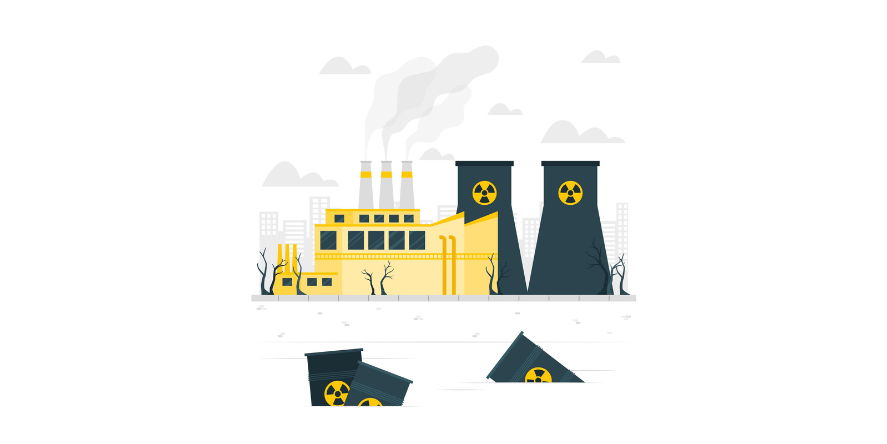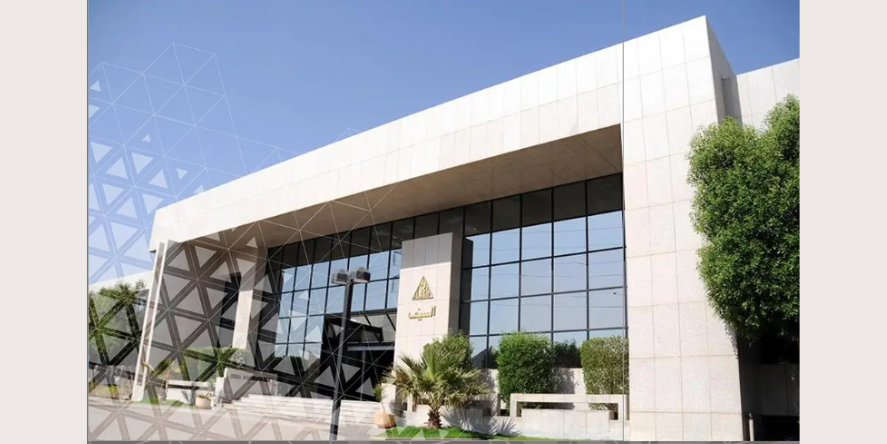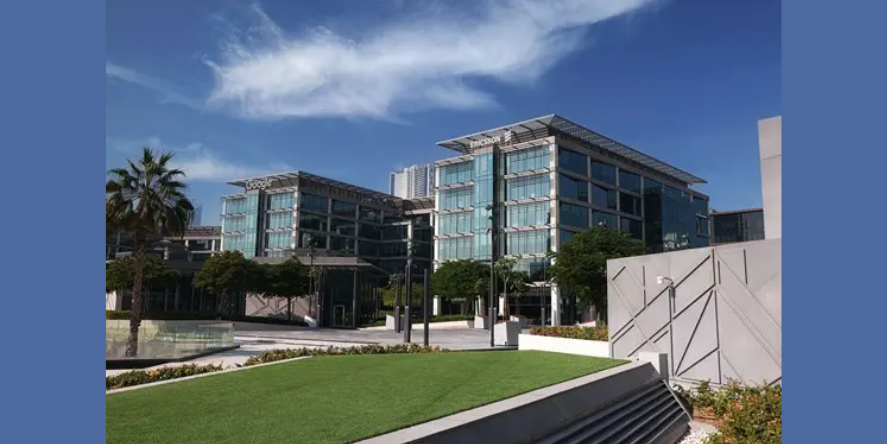Climate change has caused widespread concern across the globe, and responding to climate change has become a major element in today’s evolving business strategies. In response, countries are increasingly placing a strong emphasis on renewable energy sources to mitigate the ongoing climate change. In this regard, the announcement of net zero goals which aim to achieve carbon neutrality by 2050, has heralded the era of renewable energy. However, despite the remarkable growth achieved by the renewable energy sources, there are some limitations preventing their widescale adoption. These limitations include large land footprint, intermittency of power generation requiring use of storage batteries, and supply chain issues of critical raw materials. This has led to the continued reliance on fossil fuels to meet ever growing energy demand. However, recent events such as COVID-19 and energy crisis resulting from geopolitical tensions in Europe have introduced uncertainties in supply of fossil fuels, especially natural gas. As a result, there is renewed focus on achieving energy independence and ensure energy security across the globe.
Nuclear energy has emerged as a solution which can tackle limitations of renewable energy utilization and play a vital role in the fight against climate change. Nuclear power is typically produced from uranium isotope U-235 with controlled fission reactions. Nuclear power is well suited to substitute base load natural gas and coal while effectively avoiding the release of particulate matter and greenhouse gases (GHGs). This makes nuclear energy highly suitable for large-scale base load power generation and support seamless integration with renewable sources like wind and solar, while alleviating concerns associated with energy security and energy independence.

Historically, public perception has been a major obstacle to the expansion of nuclear energy and the development of nuclear reactors. Past incidents have made the public and policymakers sceptical about safety of reactors, and concerns about nuclear waste management have resulted in further increase in reservations towards use of civil nuclear energy. High capital costs as well as limited policy support also hindered investor confidence in this technology. However, in response to these challenges, next generation of nuclear reactor designs have emerged. These include vastly improved designs are based on pressurized heavy water, boiling water, and pressurized water reactor systems and are known as generation III and generation III+ nuclear reactors.
The next generation of reactors also includes small modular reactors as well as generation IV (GEN IV) reactors. These advanced reactors incorporate passive safety systems that utilize natural forces such as gravity, natural circulation, and heat conduction to ensure safe shutdown and heat removal during emergencies. They also exhibit improved resilience by withstanding extreme natural events like earthquakes and tsunamis, thanks to robust containment structures and most importantly, address the issue of nuclear waste through advanced fuel designs and management techniques. These advancements have contributed significantly toward changing public perception and have increased acceptability of nuclear power.
With extended operating lifetimes and improved economics, generation III, III+ reactors provide a more cost-effective and stable nuclear energy solution which can be implemented today. However, small modular reactors (SMRs) are expected to have a significant impact on the future energy mix. SMRs offer unique advantages and hold great importance for decarbonization in various industries. SMRs with typical capacity of less than 300 MW, offer modular reactor designs enabling off-location manufacturing, better quality control, easier transportation, higher safety, quick commissioning and decommissioning, and cost savings through economies of scale.
Concurrently, stakeholders in the nuclear energy industry are also actively advancing the development of Gen IV reactors. They are being developed to eventually replace generation III and generation III+ reactors, and include very-high-temperature reactors, molten salt reactors, supercritical-water-cooled reactors, gas-cooled fast reactors, sodium-cooled fast reactors, and lead-cooled fast reactors. Gen IV reactors distinguish themselves through improved safety measures, enhanced efficiency, and reduced waste generation. They can utilize different fuel types, such as depleted uranium and thorium, thereby diversifying the fuel supply and decreasing reliance on traditional uranium resources.

At present, nuclear energy has already made significant contributions toward preventing carbon emissions and is an important part of global energy mix. According to the International Energy Agency (IEA), as of 2022, the share of nuclear energy in the global energy mix was approximately 10%, avoiding fifty-five gigatons of carbon dioxide emissions. To achieve net zero by 2050, nuclear energy’s contribution needs to increase to around 25% in the global electricity mix. This significant increase in nuclear power generation is crucial for achieving the necessary reductions in GHG emissions and ensuring energy independence.
At present, nuclear energy is cost competitive with key base load power production technologies including coal and combined cycle power plants. As per the Organisation for Economic Co-operation and Development (OECD), Levelized Cost of Energy (LCOE) of nuclear power production currently stands between $42 to $102 per MWh making it an attractive energy source over its lifetime. Across major global economies including China, India, Europe, and Japan, nuclear power can directly replace combined cycle plants. As the emissions norm tighten around use of natural gas and coal, advanced nuclear power plants with their expected life of 60 years will gain significant cost advantages over the years, making them the technology of choice for base load power generation. Nuclear power is also an attractive option in terms of cost over renewable energy sources. For instance, use of expensive storage batteries for solar or wind energy sources can increase LCOE costs for renewables, while nuclear power does not require large scale energy storage.
Countries like France, Japan, and South Korea have recently reversed their decision to phase out or reduce nuclear power. Most notable is Japan, which had closed all its nuclear power plants after the 2011 Fukushima nuclear disaster. With a natural gas supply crunch, the Japanese government has decided to restart nuclear plants. The current government’s stance is a clear recognition of nuclear energy’s importance in meeting energy demands, maintain energy security, and reducing GHG emissions. Nuclear power is also becoming an attractive option in the Middle East, both as an energy source and as a commercial opportunity. In this regard, UAE has taken a leadership position in the Middle East. The Barakah Nuclear Energy Plant is the UAE’s first nuclear power plant with a capacity of 5.6 GWh. UAE has also formed a joint venture with South Korea for developing and marketing advanced reactors for international markets. In order to enhance the diversity of their electricity mix and develop a balanced and resilient energy infrastructure, nations such as Saudi Arabia are demonstrating their aspirations to establish domestic civil nuclear energy programs.
Commercialization of SMRs and Gen IV reactors is critical to diversify the use of nuclear energy beyond electricity generation—most notably hydrogen production—through high temperature electrolysis and thermochemical water splitting. Higher temperatures offered by next generation of nuclear reactors reduce electricity consumption and provide steam for hydrogen production. To this effect, Saudi Arabia has launched the Saudi National Atomic Energy Project for developing small integrated nuclear reactors and high temperature gas cooled reactors. The country’s civil nuclear energy program has potential to benefit its clean hydrogen ambitions as nuclear energy can power electrolysers to generate hydrogen from water (pink hydrogen).

At present, the biggest challenge toward development of hydrogen economy is producing hydrogen at competitive prices. In this regard, nuclear energy with its low carbon profile and ability to provide dispatchable electricity can play a critical role in allowing water electrolysis. As per the OECD, nuclear is a cost-effective option to produce clean hydrogen with levelized cost of hydrogen (LCOH) production at around $1.88 per kg. For comparison, levelized cost for green hydrogen production through solar energy and wind energy is estimated to be around $3.38 to $3.53 per kg. Development of SMR, Gen IV reactors, and other key enabling technologies such as solid oxide fuel cells is likely to bring down hydrogen production costs significantly in the coming decade and beyond. Apart from hydrogen production, the heat generated by nuclear power plants can also be utilized for industrial processes for manufacturing, chemical production, and desalination.
In conclusion, nuclear energy offers an attractive and safe solution for the present as well as future energy scenarios while providing a reliable base load electricity supply. As a result, it is very crucial for governments as well as nuclear energy agencies to increase awareness and provide a compelling business case for integrating nuclear energy in the current energy mix. With notable technological advancements achieved in development of SMRs and Gen IV reactors and the increasing global interest, there is growing optimism for integrating more nuclear power in the energy mix in the coming decades. This will be instrumental in achieving a sustainable and low-carbon future.
Blog written by Shrinivas Tukdeo, Research Director, TechVision, Frost & Sullivan & Nikhil Paranjape, Sr. Research Analyst, TechVision, Frost & Sullivan










